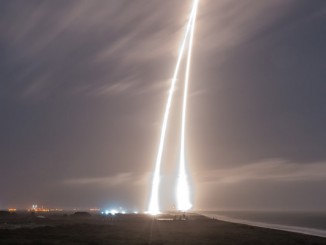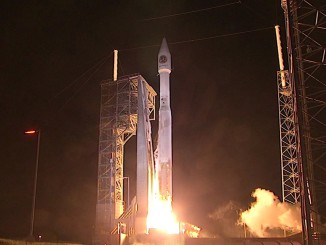Updated for second launch attempt.
SpaceX’s Falcon 9 rocket will go from Cape Canaveral to low Earth orbit in 10 minutes Saturday with a Dragon capsule heading for the International Space Station carrying nearly 6,000 pounds of supplies and experiments.
Liftoff is set for 2107 GMT (5:07 p.m. EDT) Thursday from the Kennedy Space Center’s launch pad 39A.
It will be the 35th flight of a Falcon 9 rocket, and the 100th launch overall from pad 39A, which previously hosted liftoffs by Saturn 5 moon rockets and space shuttles.
The launch will be the 11th of least 26 resupply missions under contract to SpaceX to depart for the space station.
The illustrated timeline below outlines the launch sequence for the Falcon 9 flight with the Dragon spacecraft. It does not include times for the experimental descent and landing attempt of the first stage booster at Landing Zone 1, a former Atlas missile launch facility about 9 miles (15 kilometers) south of pad 39A.
Three ignitions of the first stage engines after separation will steer the booster back toward Florida’s Space Coast from the northeast. Here are key times for the landing maneuvers:
- T+plus 2 minutes, 38 seconds: First stage boost-back burn begins
- T+plus 6 minutes, 10 seconds: First stage entry burn begins
- T+plus 7 minutes, 27 seconds: First stage landing
Touchdown at Landing Zone 1 should occur during a landing burn with only the first stage’s center Merlin 1D engine firing.
T-0:00:00: Liftoff
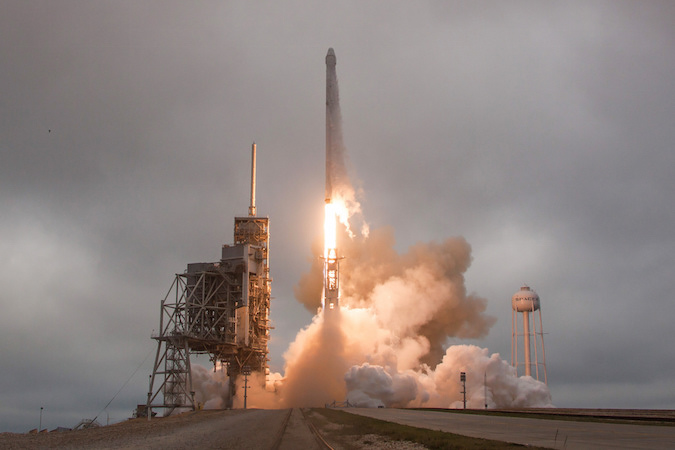
T+0:01:00: Mach 1
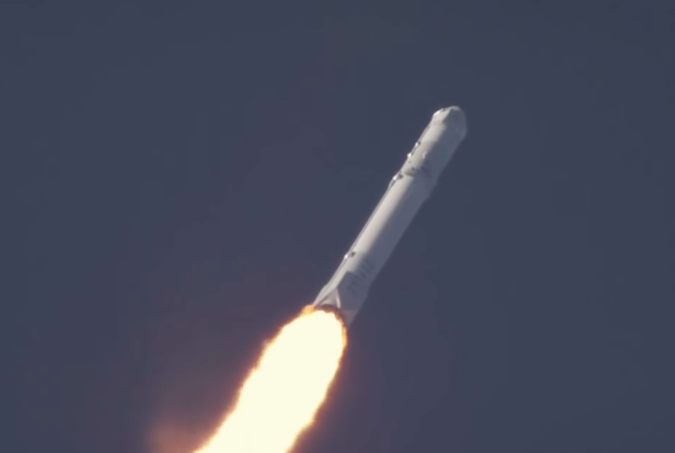
T+0:01:18: Max Q
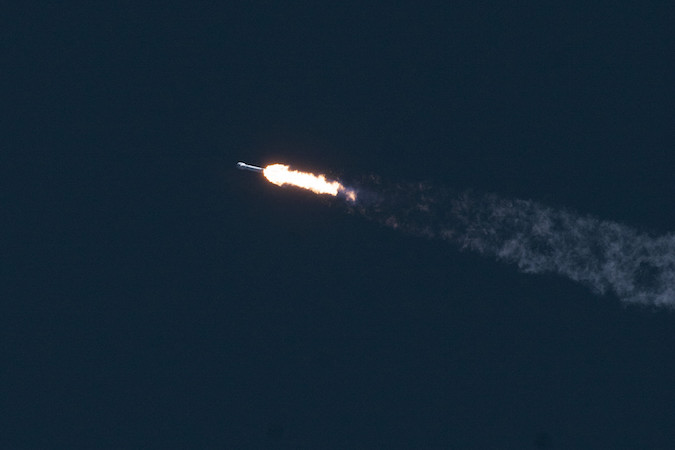
T+0:02:22: MECO
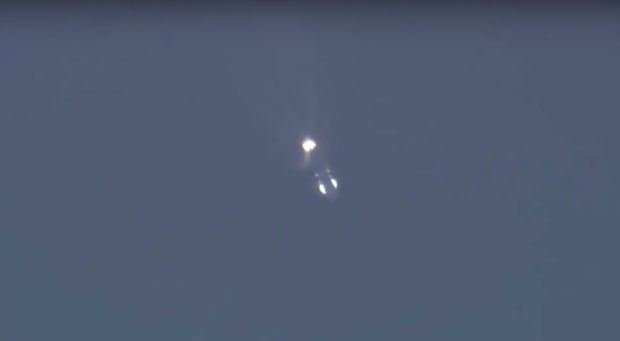
T+0:02:25: Stage 1 Separation
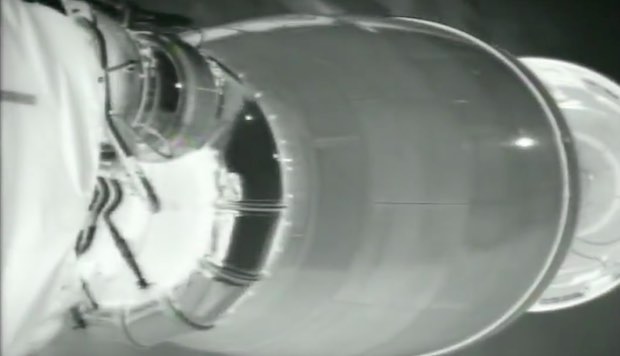
T+0:02:32: Second Stage Ignition
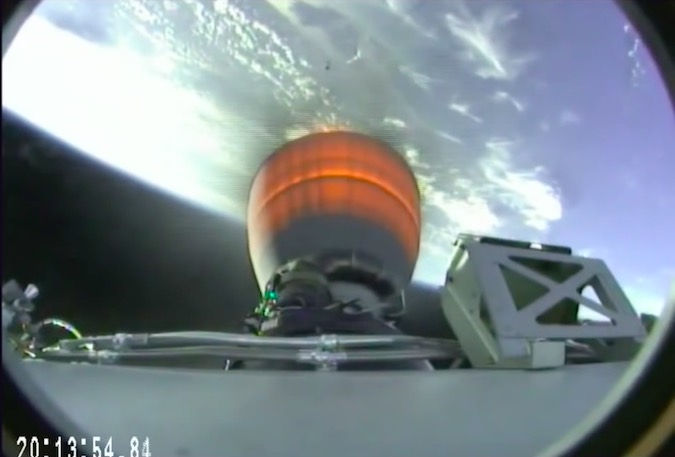
T+0:09:20: SECO
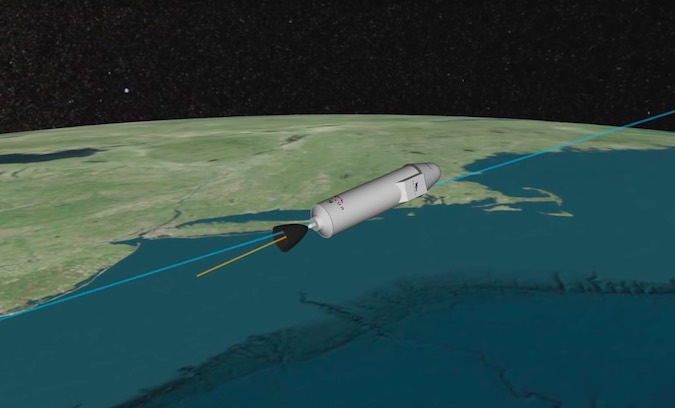
T+0:10:20: Dragon Separation
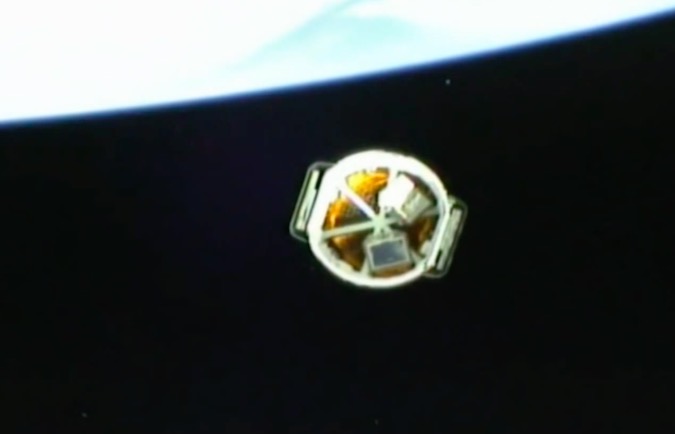
T+0:12:00: Solar Arrays Deployed
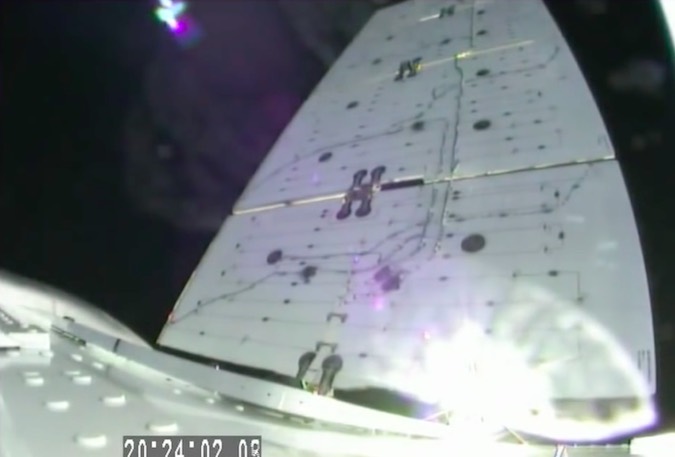
Email the author.
Follow Stephen Clark on Twitter: @StephenClark1.


